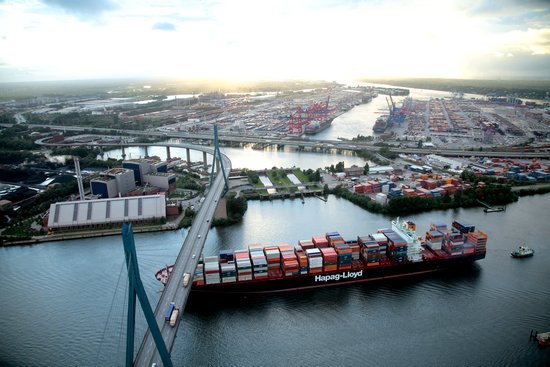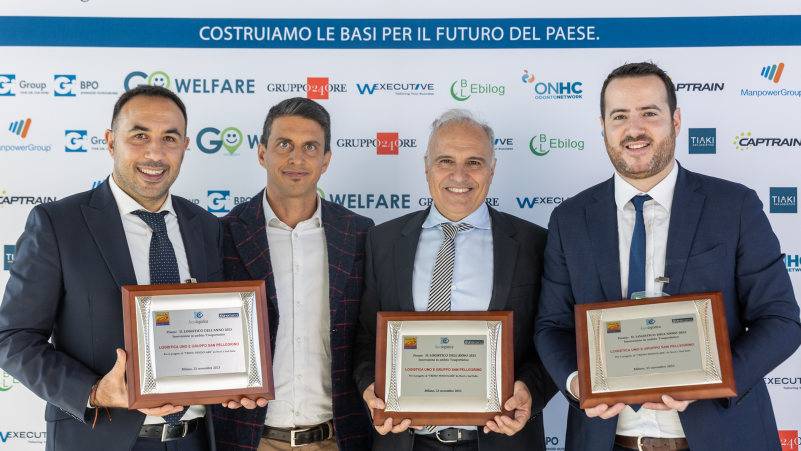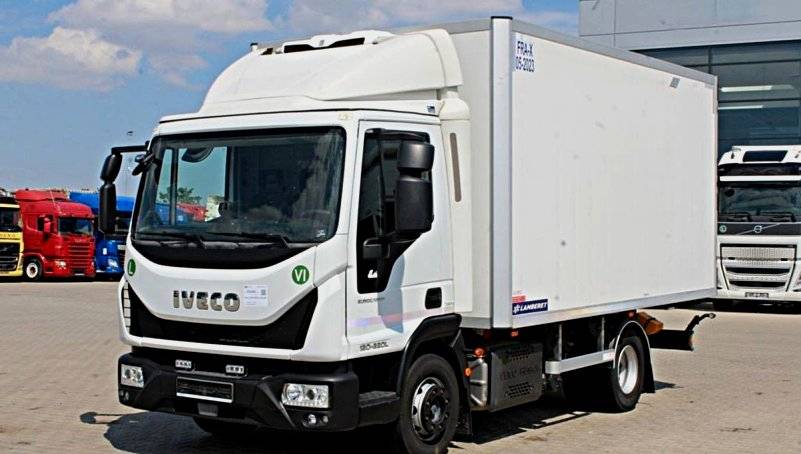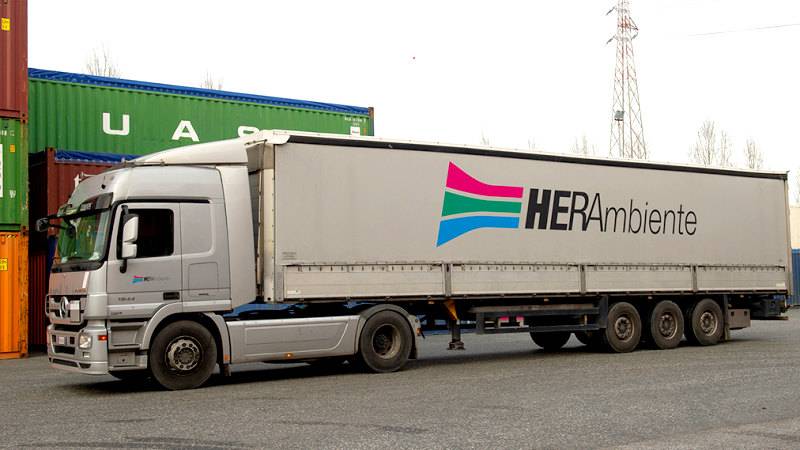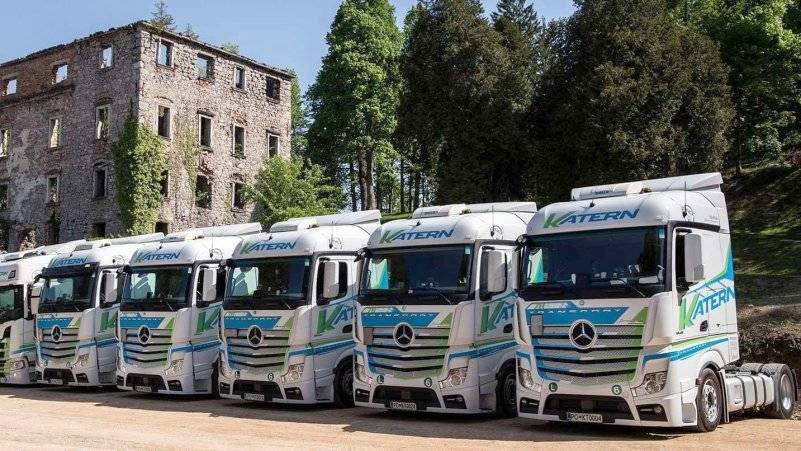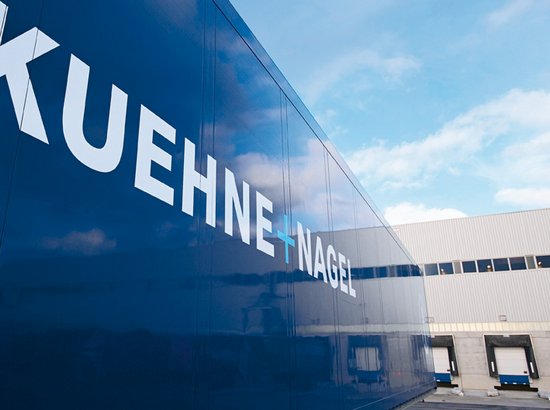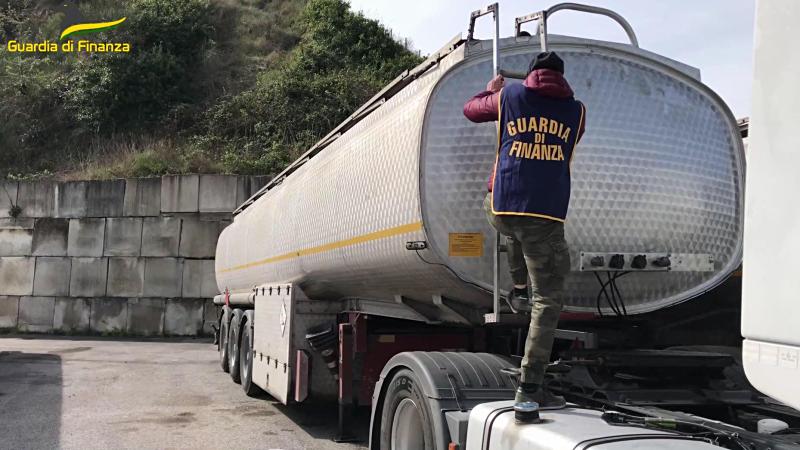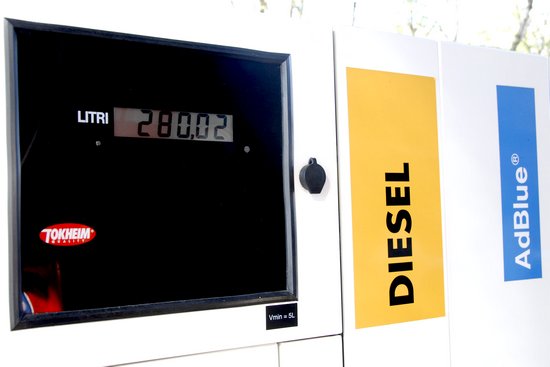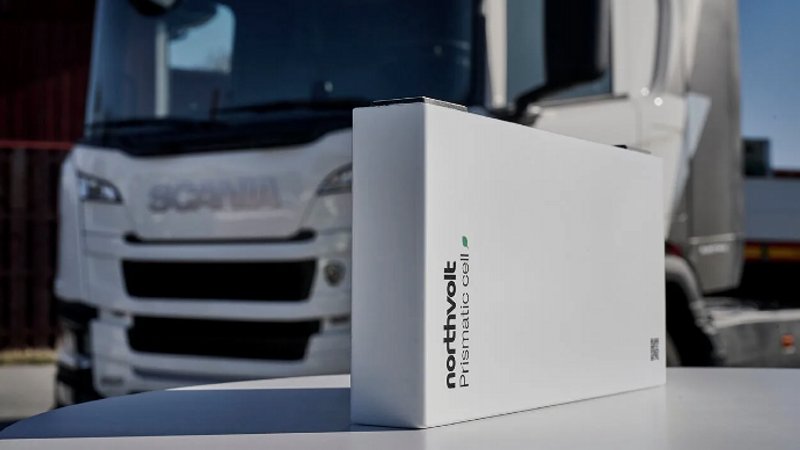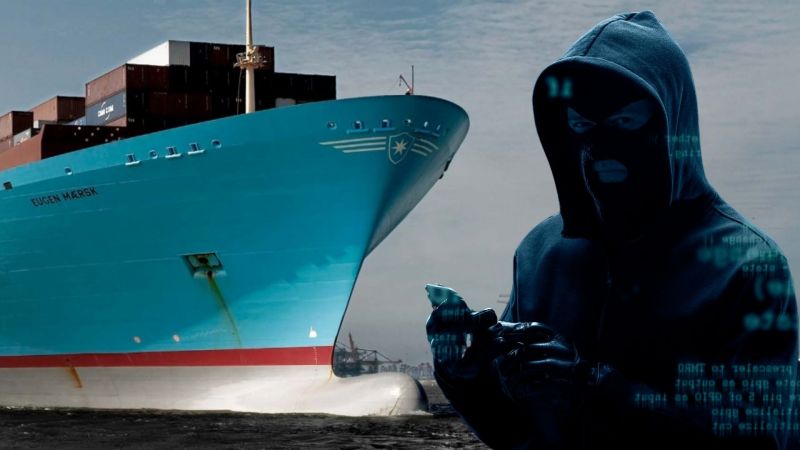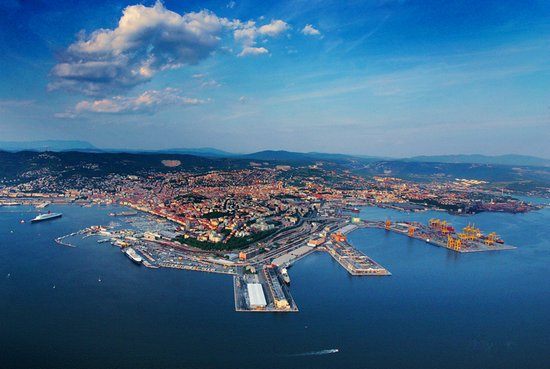The year 2025 is witnessing a reshuffling of alliances among container shipping companies. The most notable development is the formation of Gemini Cooperation, established by Danish giant Maersk—following the dissolution of its alliance with MSC—and German carrier Hapag-Lloyd, which exited The Alliance. The combined fleet consists of 340 container ships, offering a total capacity of 3.7 million TEUs. Gemini’s main competitors include MSC, which now operates independently with the world’s largest shipping capacity, the newly formed Premier Alliance—comprising HMM, ONE, and Yang Ming—and Ocean Alliance, which remains operational through 2025.
Gemini operates on a hub-and-spoke model, initially offering 29 main routes connected to 28 regional feeder services. This strategy allows large container vessels to focus on fewer port calls, reducing docking times, lowering costs, and improving schedule reliability. The alliance aims for an on-time performance rate of 90%, a significant improvement over the current global average of 50%. The three principal trade lanes are between Asia and Europe, Asia and the Middle East, and the transatlantic and transpacific routes. For the time being, Gemini vessels are avoiding the Red Sea and continue to circumnavigate Africa.
European ports included in the main network are Hamburg, Wilhelmshaven, Rotterdam, London Gateway, and Le Havre in the north, while in the Mediterranean, key hubs include Tangier, Port Said, Algeciras, Valencia, Barcelona, Istanbul, Izmit, Koper, Rijeka, La Spezia, Genoa, and Vado Ligure. To gauge transit times, container ships from China to Genoa take between 44 and 50 days.












